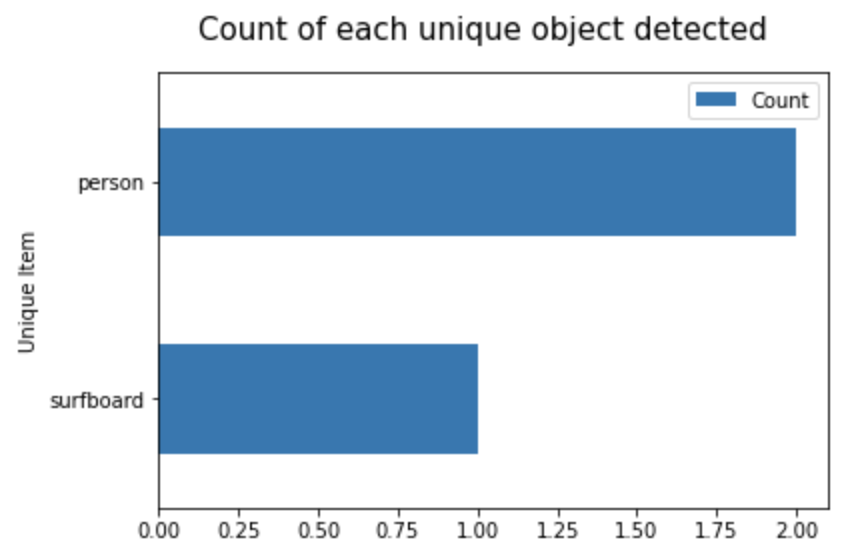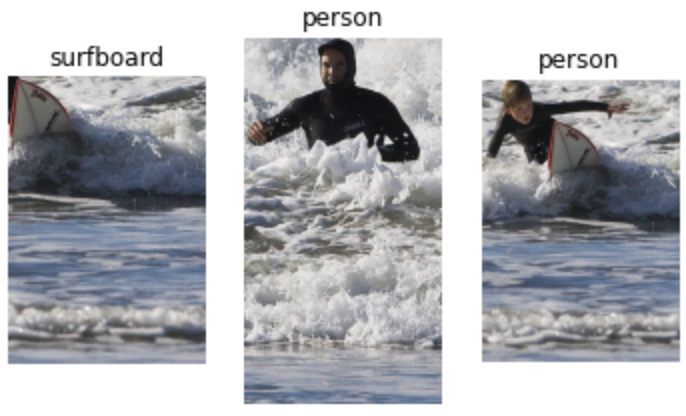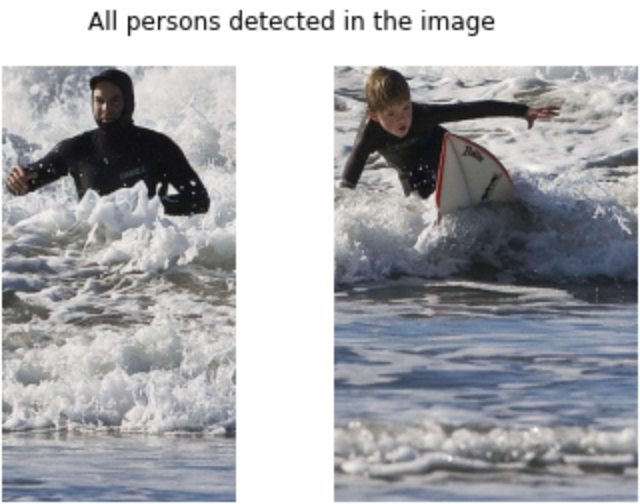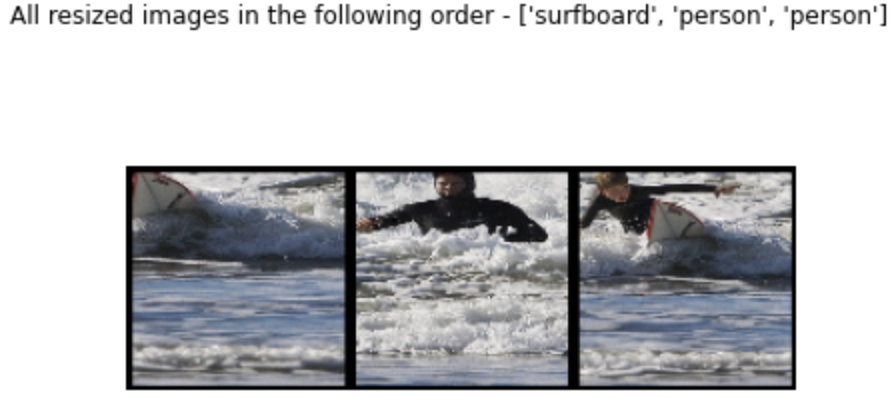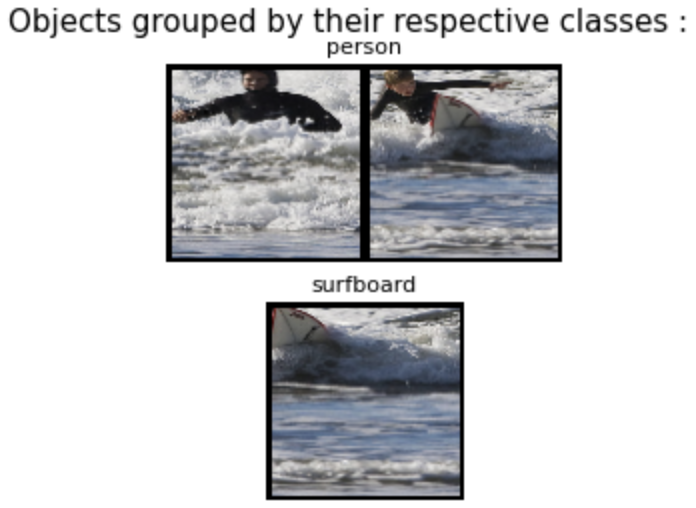This is a python package to analyze detections conducted across different types of documents. In the current version, it supports only objects detected in images.
This version is compatible with object detection performed by ImageAI using the pre-trained weights of ResNet50.
Download and place the aforementioned pre-trained weights in your local folder.
All the implementations and testing were performed using random samples from the MS COCO 2017 dataset. Do look into the notebooks in the Demo folder to conduct some experiments on your custom data.
Install this package with the following command:
pip install --upgrade pyrack
In order to detect objects and perform some analysis on them, import the package with the following command:
from pyrack import object as obj
The following functions can be implemented with the current version\
This function reads and stores an image in the RGB color-space in the form of numpy arrays.
img = obj.img(image_path)
This loads the image that was read in the previous step.
obj.display_original_image(img)
Here we need to mention the path where we have stored the pre-trained model weights meant for object detection.
model_path = obj.model_weights(os.path.join(path, 'resnet50_coco_best_v2.0.1.h5'))
With the help of the pre-trained weights loaded above, we perform object detections on the image loaded in step 1.
detections = obj.detections(img)
Here we print a list of all the objects that were detected in the previous step.
detected_objects = obj.detected_objects(img, detections)
print(detected_objects)
Here we extract the bbox co-ordinates for each detected object.
bbox = obj.bbox(detections)
From the bbox extracted above, we can draw roi's around the detected images on which we can perform further actions.
roi = obj.roi(img, detections)
Here we resize each roi to a dimension of (100,100,3). Objects that are too small will be padded with black pixels before being resized.
resized_roi = obj.resized_roi(img, roi)
Here we print the total number of detections performed on the loaded image.
obj.number_of_detections(img, detections)
This function returns all the unique items detected in the image.
obj.unique_items_detected(img, detected_objects)
Here we get to see the count per unique object detected in the image.
obj.count_per_unique_item(img, detected_objects)
Here we get to see the 3-dimensional shape of each detected object.
obj.detected_objects_shape(img, detected_objects, roi)
Here we display each detected object from the image individually.
obj.display_all_objects(img, detected_objects, roi)
Here we give an option to display only specific objects detected in the image.
obj.display_specific_image(img, detected_objects, roi)
Here, all the resized roi's will be concatenated and displayed as one image of all the detected objects.
obj.display_all_resized_objects(img, detected_objects, resized_roi)
Here we display all detected objects grouped by their respective classes.
obj.group_objects_by_class(img, detected_objects, resized_roi)

